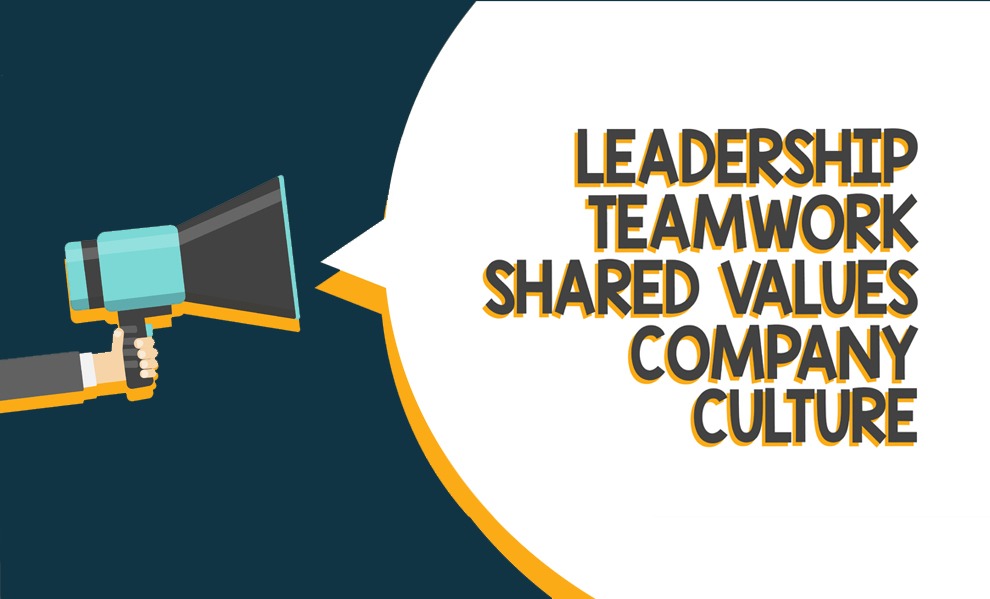Tribalism
By Vicky Tallon, Director
When two tribes go to war your synergies can hit the floor ….
Tribalism is a term that is being referenced more and more. I first heard it in the documentary “The Social Dilemma” on Netflix. Then in the podcast “Don’t tell me the score” with Simon Mundie & Clay Routledge. And that’s when I started noticing it more in the mainstream press … especially with the US election 🙄
So is tribalism a consideration in mergers, acquisitions and carve outs?
Yes, it is.
Today, businesses have lots of diverse groups, teams and stakeholders, and the greater the diversity the more potential for disparity exists. Meshing/integrating that diversity can be very challenging. Equally the same for separating people out from their workplace tribes. Why? Because tribes are where people feel a strong sense of belonging and it is an emotional attachment.
Playbooks, due diligence, synergy, and 100-day planning help provide logical structure and design to guide us through deals, including content on organisational design and culture mapping. But tribes don’t necessarily feature. And the key difference for me is that tribes are about emotional engagement whereas many of the other tools in an M&A toolset are based on logical and rational design. The emotion that tribal behaviour brings into the mix can upset those wonderfully laid out plans …
One of the most talked about failed merger was AOL & Time Warner. There were a number of factors for its failure but one that is often cited is that they were never able to break down the differences between the two organisations. Whilst they tried to find harmony in the practices and values, the merger failed to touch the individuals and personalities. It is said Times Warner personnel felt threatened and when people are fearful or anxious, they turn to their people and their tribe.
Herb Keheller, former Chairman Emeritus of Southwest Airlines recognized this and warned his team not to fall into the “trap of internal tribalism”.
If we ignore the potential impact of these emotions in relation to the merged or carved out entity, then issues arising from them could derail all our best laid plans. If like me, you work in this space and are managing these types of transformation programmes, then it’s important to be sensitive and sympathetic to the emotions within the teams we are working with.
Back in our hunter/gatherer days, tribes formed to search for scarce resources and protect one another. According to Clay Routledge even though our environment has changed dramatically, and we don’t have to go out hunting/gathering, our brains have not evolved as quickly. He suggests that our tribal behaviours will still come to the fore when we sense that resources are scarce, we’re fearful or anxious. In a merger, acquisition or carve out all of these emotions are likely to come out: initiatives like headcount reductions, changed budgets, new systems, team integration, new infrastructure, office changes etc can make people fearful and anxious.
The thing about tribes is they create safety and security by coming together. So, if a number of anxious people group together into a tribe, they can present a negative force in their own right. Understanding where these tribes are within the workforce, how they are forming during a deal scenario, and what motivates them, is really important.
Using cues from various stakeholders helps us to understand where tribes are within an organisation and how best to mitigate any negative impact they may have on a successful outcome. Tribes are everywhere – they can span functions, geographies, ages, ethnicity – in fact they can be incredibly diverse and at the same time niche. What they have in common is a sense of belonging: ‘my people’, ‘people who vouch for me’, ‘people who have my back’, ‘people I can trust’ … this is what bonds them.
However, as much as tribal behaviour can be disruptive it equally can be powerful. It can help encourage, support and nurture people towards change. It can foster collective action, a feeling of being supported, and a trust in the tribe leaders. In a world where the workplace is forever evolving, successful and powerful elements of tribal behaviour can be a differentiator.
If you can tap into the tribes and unite them, successful tribal behaviour can positively deliver the following:
- Collective identity and action – people are connected to one another & feel stronger
- A feeling of protection & safety – ‘my people’
- Feeling trusted by others in the tribe and trustful of others
- Loyalty to one another and a shared vision
- Fostering inspirational and dynamic leadership
- Encouraging confident teams that can provoke & disturb the status quo
- Creating mindsets that turns threats into opportunities
Promoting positive sides of tribal behaviour can support successful deal outcomes. Powerful tribes turn threats into opportunities … driven by a desire to beat other tribes to the prize.
So how do we harness the positive tribal behaviour to achieve successful outcomes?
Below are 10 tips to consider:
- Develop a common language around a single clear common purpose/vision
- Deliver inspirational leadership from key stakeholders right across the organisations by leveraging the skills of the most dynamic leaders – whichever tribe they sit in
- Ensure your communications are effective, resolutely consistent and most of all honest (everyone sees through the smoke and mirrors – so be honest about the tough messages as well as the good ones)
- Reward all the team for a successful outcome – not just the top management or deal team (consider how in a tribe all the members feast on the food, not just the leaders)
- Take every opportunity to create clear links between the successful health of the new business with any changes being made
- Embrace different perspectives across the different organisations so that problems and solutions are seen and developed together
- Demonstrate how the deal is leveraging resources across the whole deal and stop people focusing purely on where resources are being depleted – reduce the level of anxiety around scarcity
- Use the new organisational design as an opportunity to break down historical hierarchies and divisions (which may have created unproductive tribes) and build a new way to work together and positive tribes
- Promote and reward behaviour that creates great connections and connectivity in the new entity to diminish negative internal tribalism
- Like all tribe leaders, win trust through action – not just through words
Remember – tribes at war is the surest way to see your synergies hit the floor! A successful merger or carve-out will inevitably form a new tribe – so look around and see which tribes are flourishing and harness the positive power of them.
For more reading on this subject:
- Tribalism is a powerful force – Patrick Dixon – Financial Times Article, 31st Oct 2005
- Journal for Quality & Participation – Ann McGee-Cooper, Spring 2005, vol 28, Issue1, p12-15, para 4
- Tribalism in the Workplace, Finding someone new to hate – Ann McGee-Cooper, 2014
- Herb Kelleher, former Chairman Emeritus of SouthWest Airlines – ”trap of internal tribalism”
- BBC Podcasts “Don’t tell me the score” with Simon Mundie – Tribalism with Clay Routledge & Legacy with James Kerr
Thank you to Chris Charlton & Mark Bevan of Global PMI Partners for inviting to research this topic










